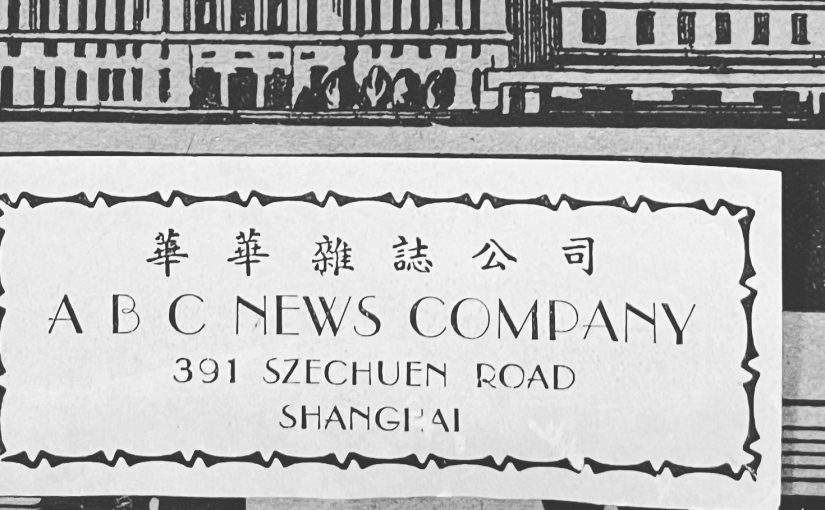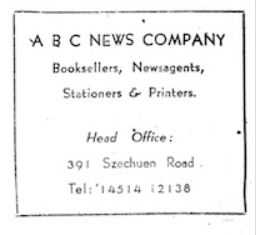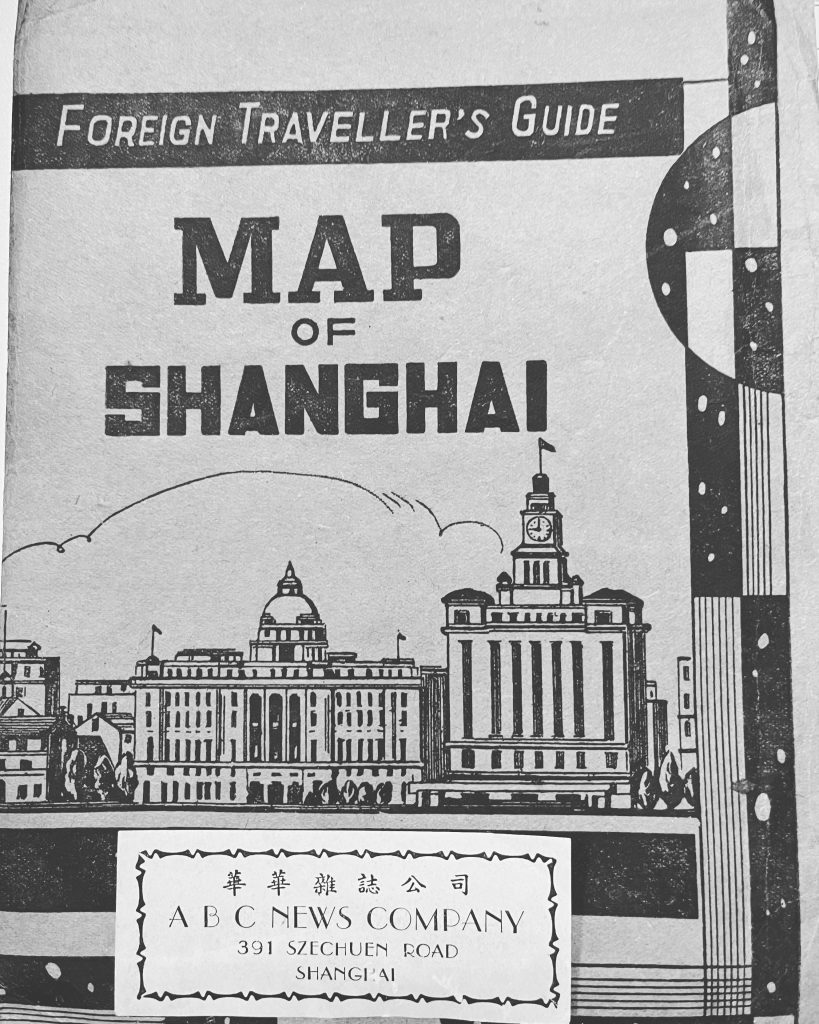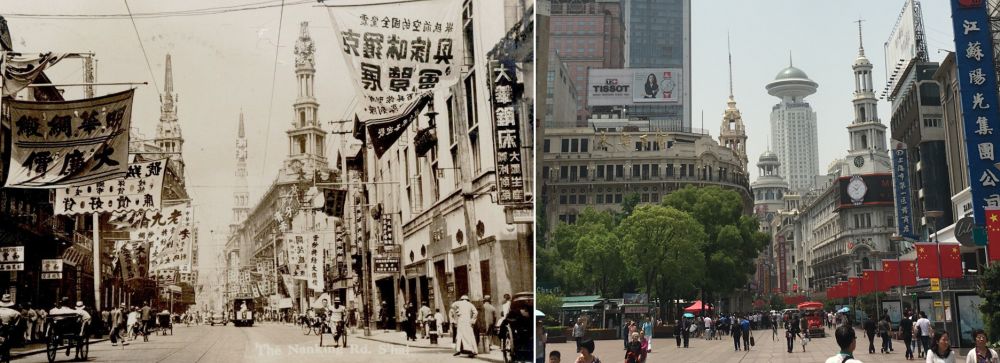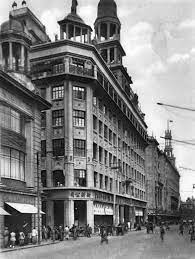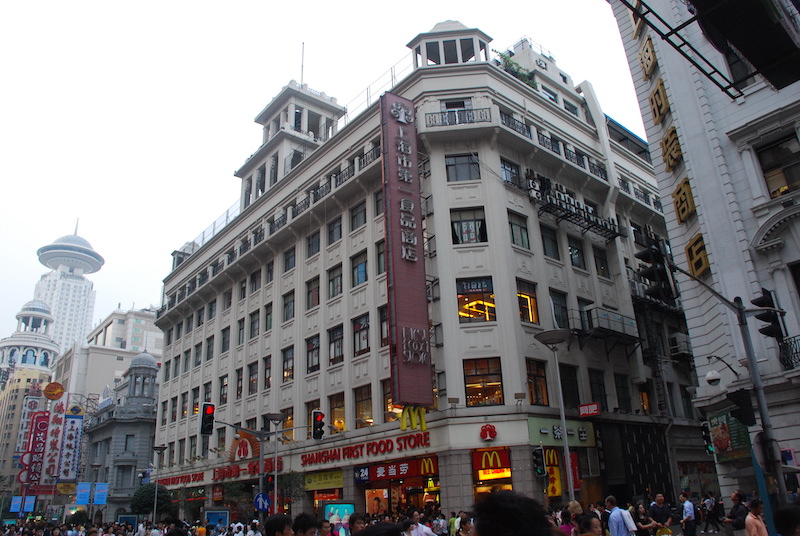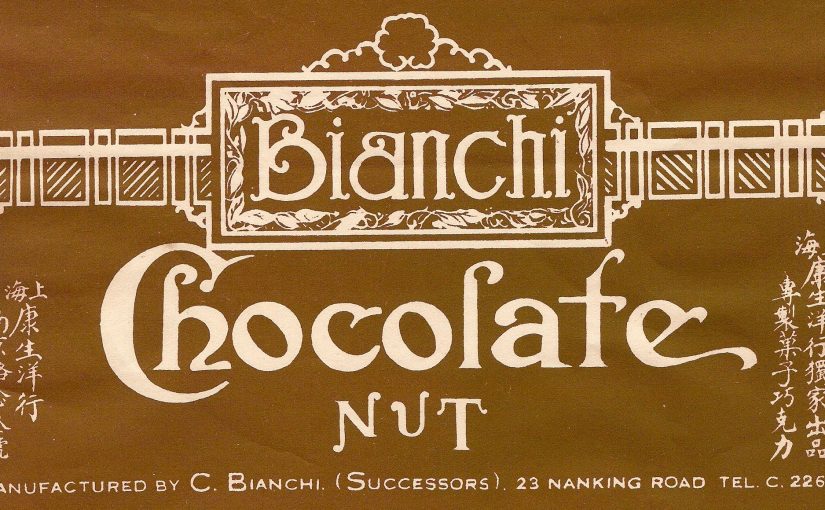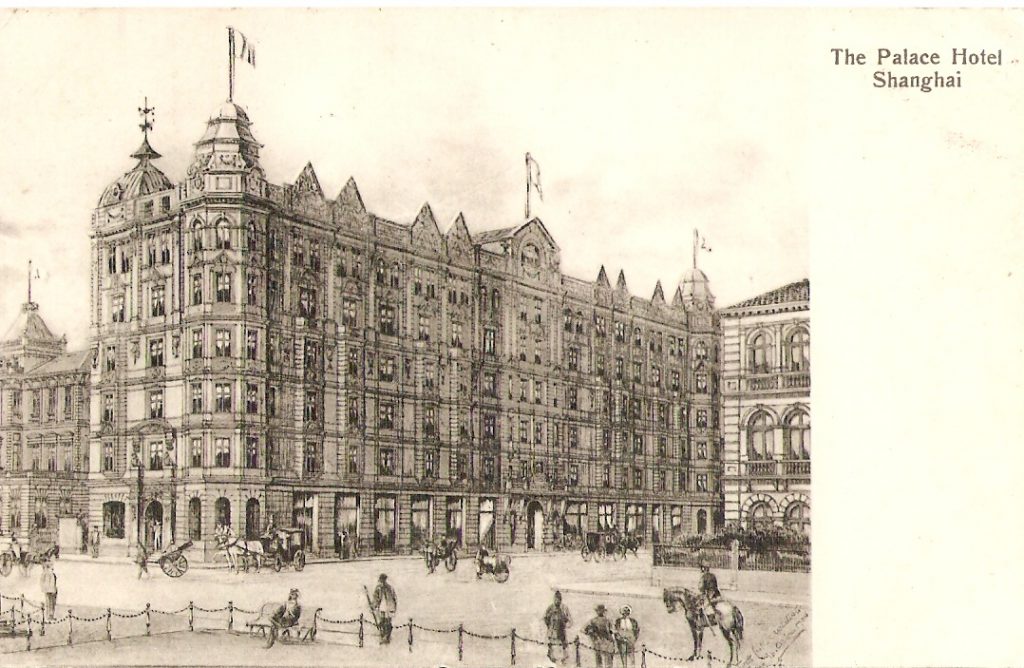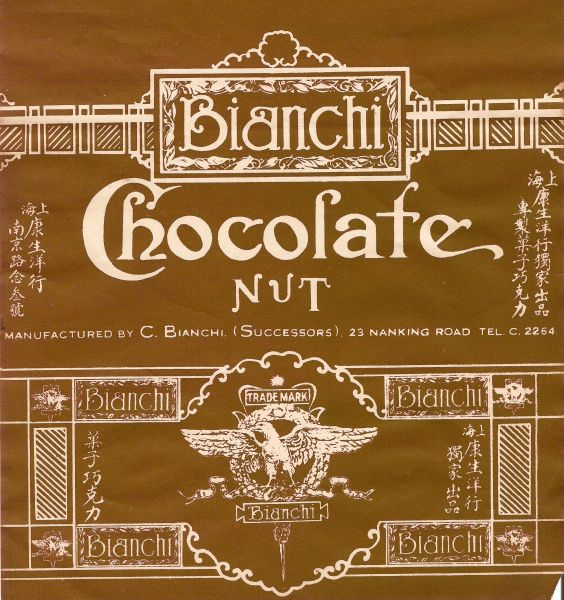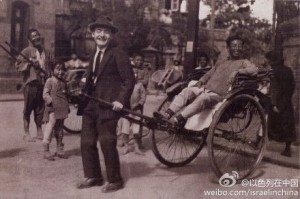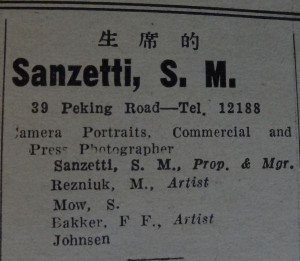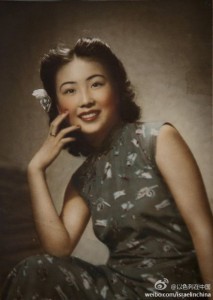Library and bookstore were the place to get news and culture in Old Shanghai. There was quite a number of official libraries including the Royal Asiatic Society library on Yuan Min Yuan lu, the Ziaccawei Bibliotheca Sinica near the Xu Jia Hui cathedral and the Shanghai library (located in Jiangwan district). There were also a number of private libraries, including Hung Ying Library located on Avenue Joffre (today Huai Hai Lu), and Hezhong library on Rue Bourgeat (today Changle lu).
Foreign bookstores were the place to buy books and newspapers in English and other foreign language stores. The biggest and most well known was the World Book Co building, today’s Foreign language bookstore on 390 Fuzhou lu, as well as Kelly & Walsh (that is still active in Hong Kong nowadays). Another famous one that I recently discovered was ABC News Company.
Located on 391 Szechuen Road, the ABC News Company opened its store 1 August 1936, as mentioned in a China Press article. It was located at the corner of Szechuen Road and Nanjing Road. The article mentioned the location as “opposite Whiteaway, Laidlaw and opposite Hall and Holtz Man’s Shop”, both department stores being very famous in Shanghai, the location was excellent.
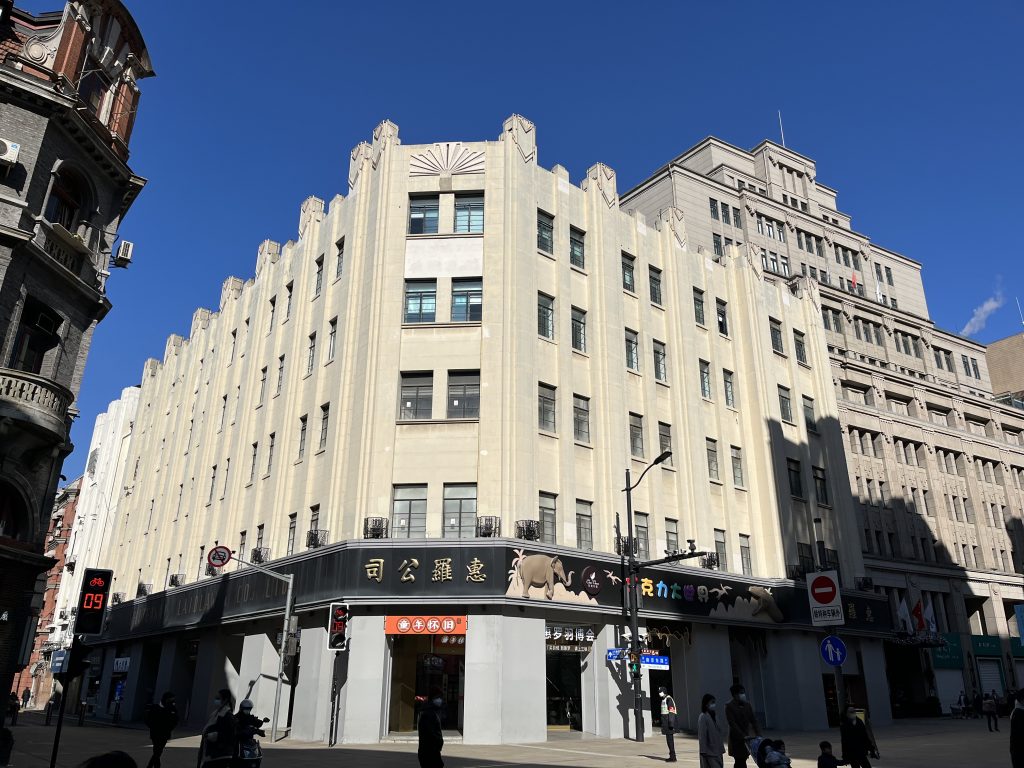
ABC News Company had “a large assortment of British and American magazines and newspapers” and could offer subscription. It also offered “Code books, dictionaries, language studies, radio books, works on photography, cook books”. It also stored books from well known American mass publishers like “Everyman’s library and Modern Library”, “as well as current novels and popular cheap editions issued by leading publishers abroad”.
ABC News Company also had a large section of Children books, as well as games and puzzle, crayons and painting boxes. It also carried a large range of stationaries, including account books, “check writers, pencil sharpeners, punches, staple machines, ink and pencils”. Well known brands of pen like Parker and Waterman were also available. They also sold maps of the city, like the one below.
Being one of the leading book, newspapers and stationary store in the Shanghai business district, ABC News Company was surely one of the first places to visit for newcomers. This particular one is from 1945, with the publishing year written below the ABC News company label. It was not published by ABC News, but sold in the store. The map was sold in the above envelop with a Art Deco / modernist pattern. It is not surprising to have the Bund’s HSBC building and the customs building on the cover as they were the symbol of Shanghai.
Arriving in Shanghai in the late 1930’s, a map was pretty necessary to go around the very large city. I am sure this map was sold along books like the “All about Shanghai Guide“, the “Shanghai Dollar Directory” or Carl’s Crow books including “400 million customers” and “Hand book for China”.
